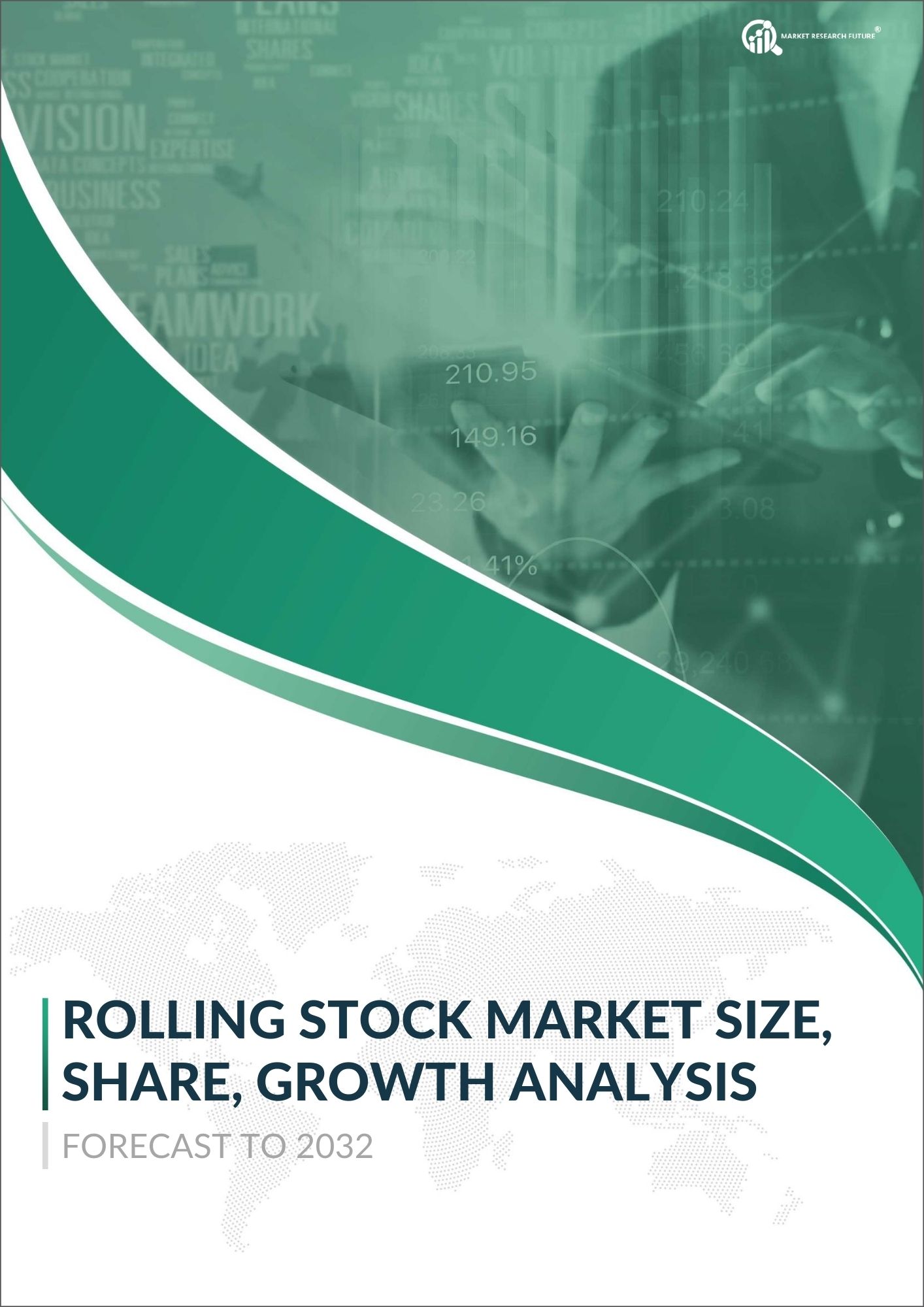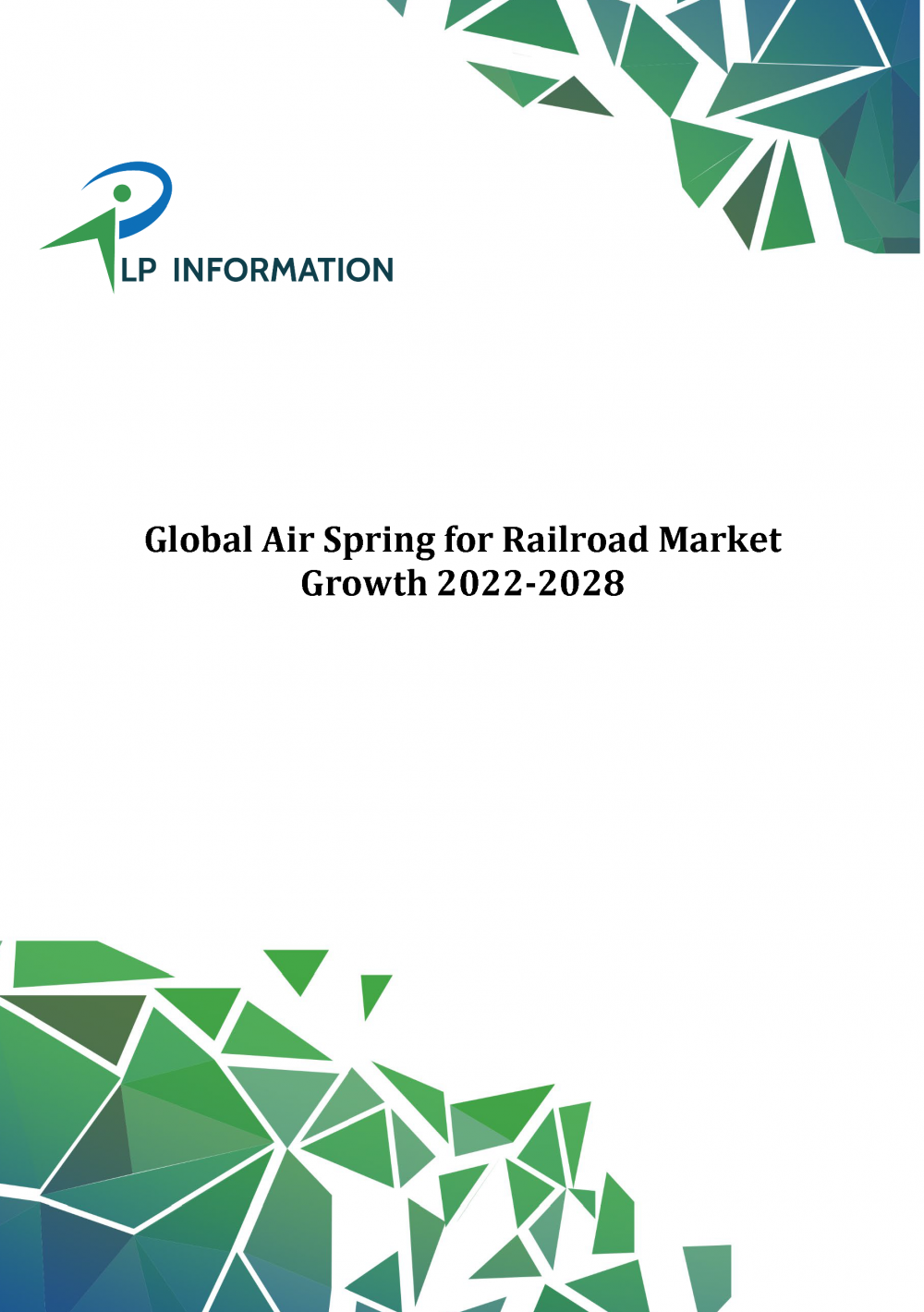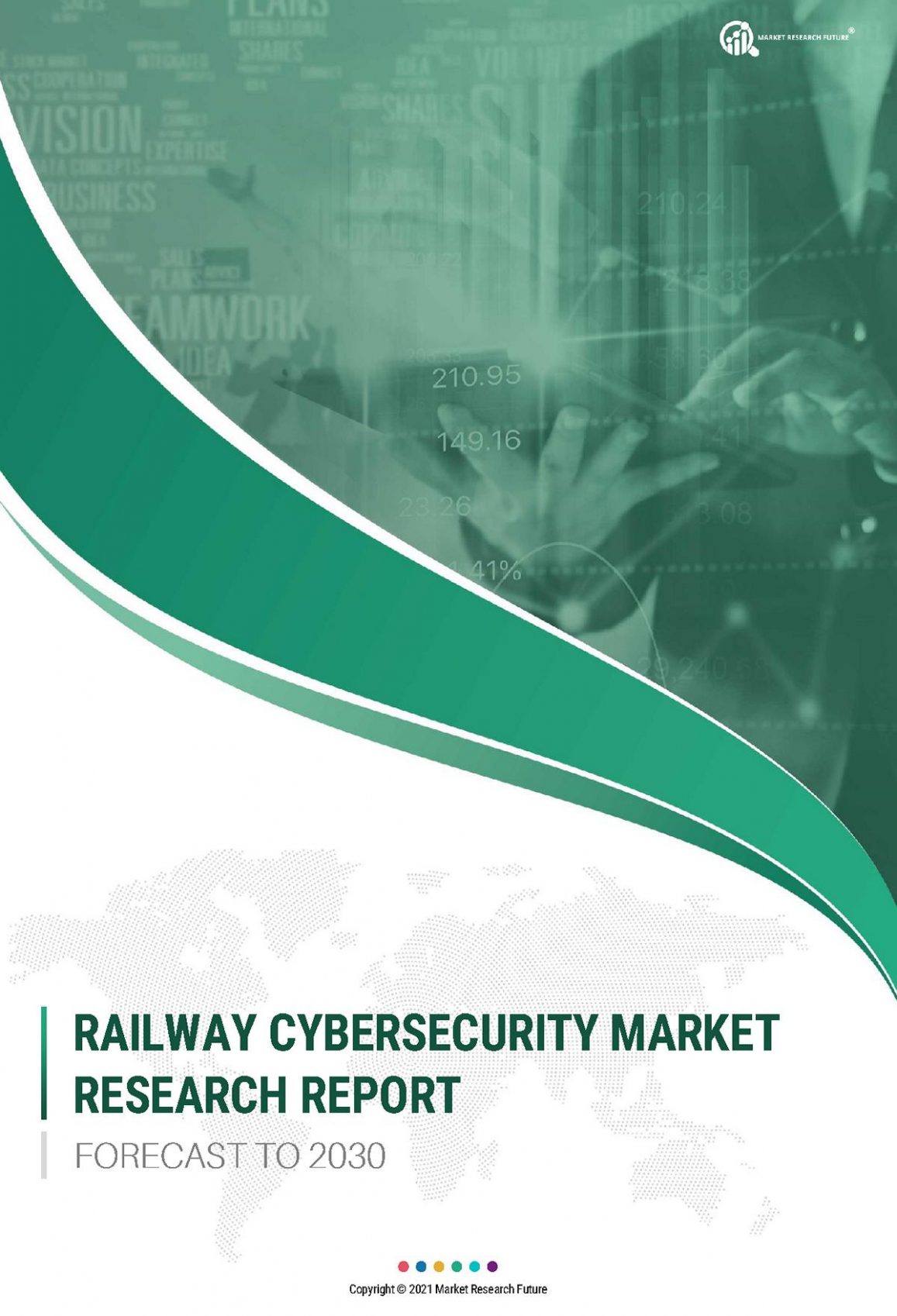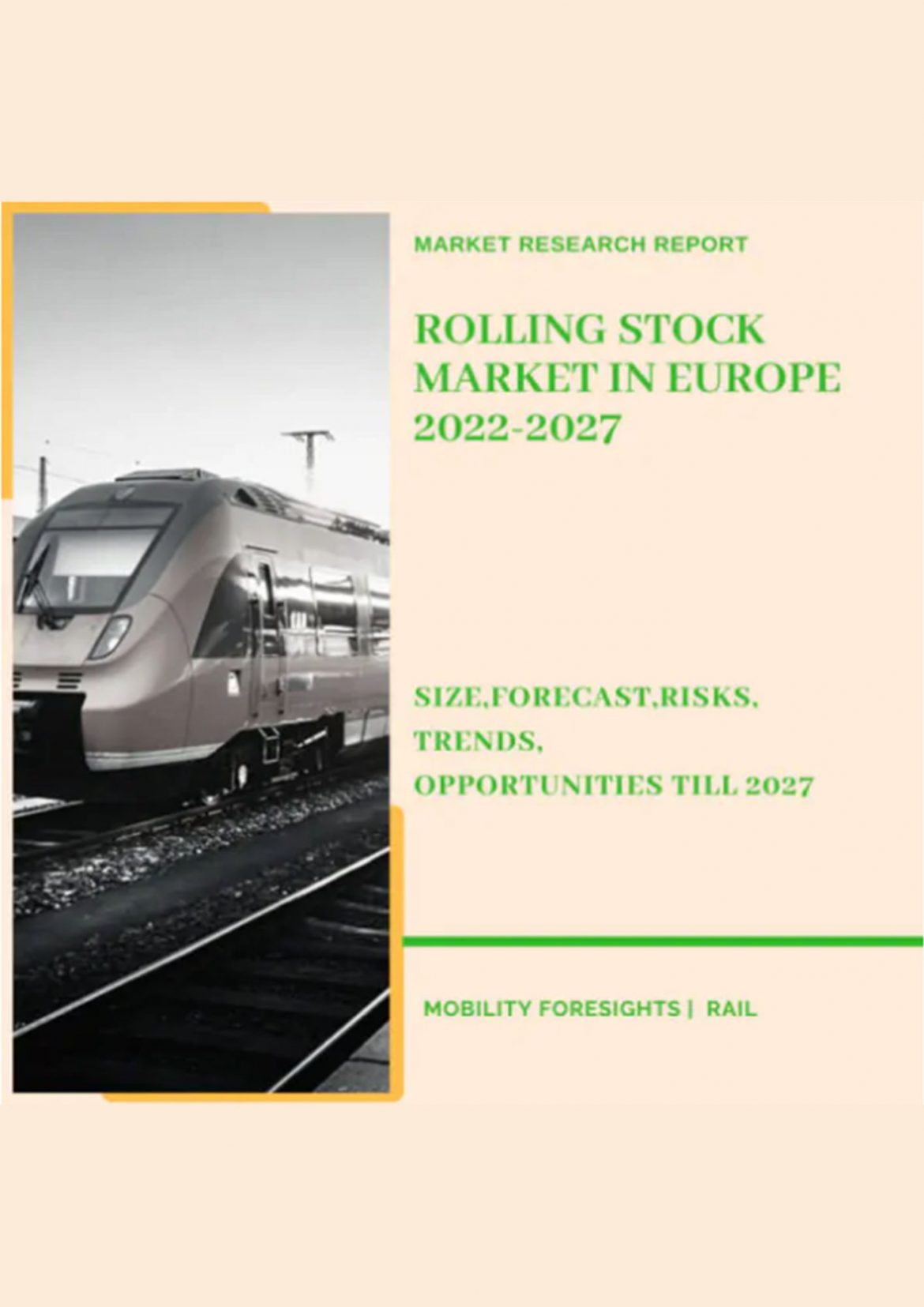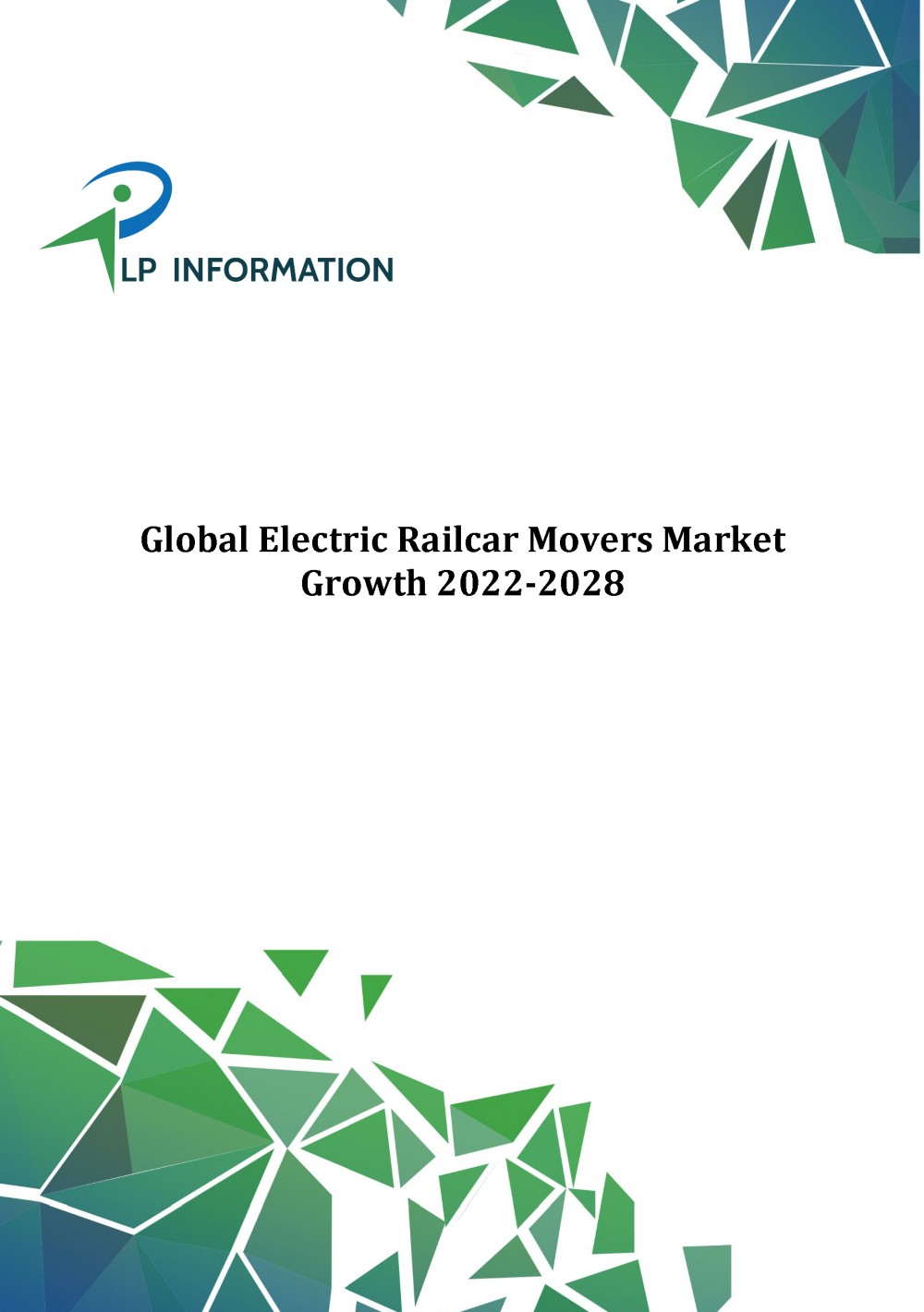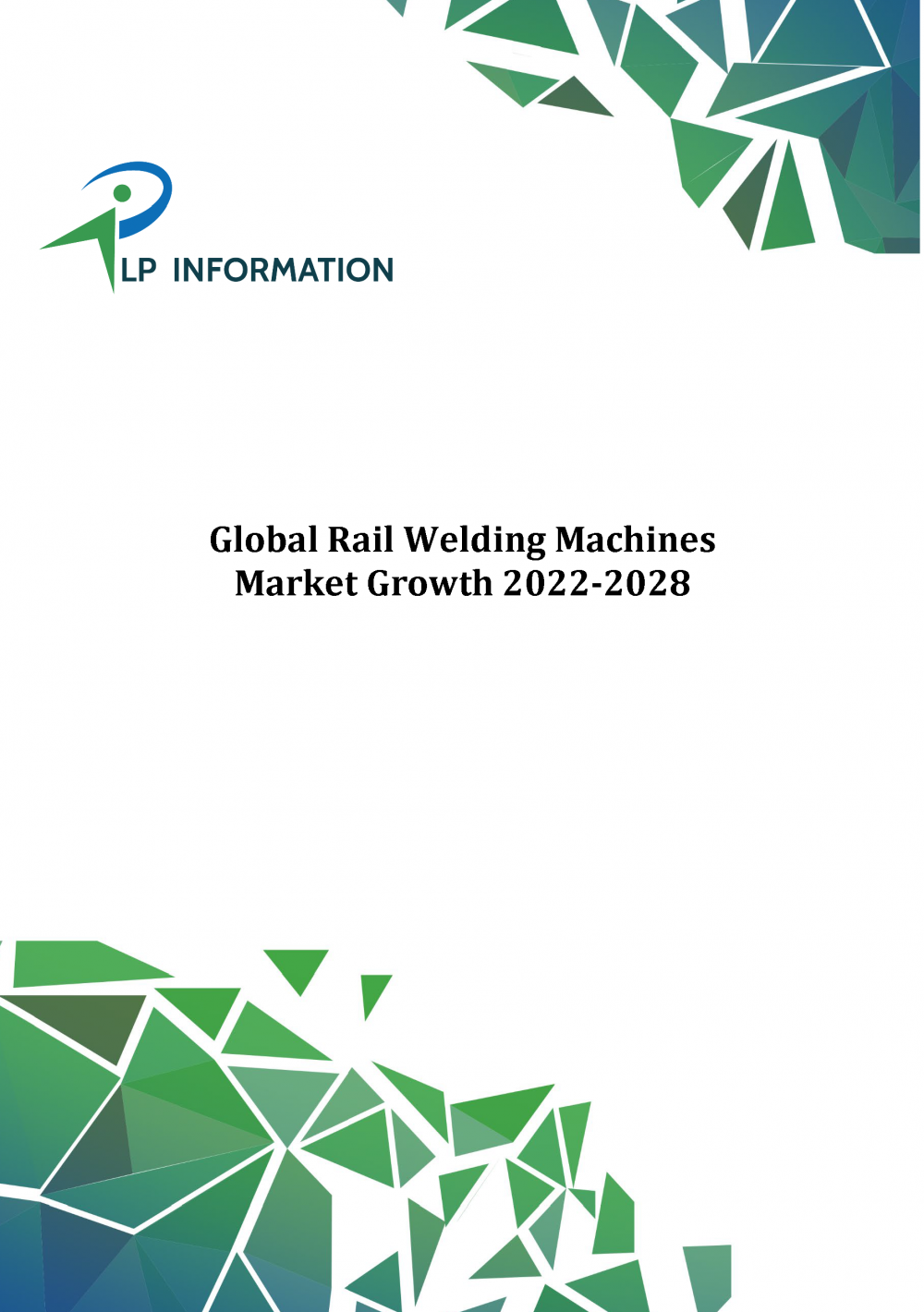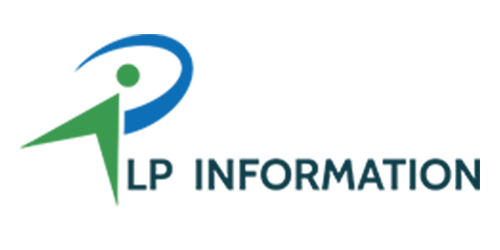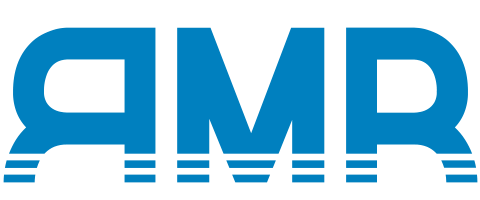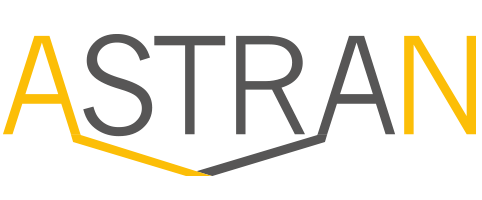Description
Rolling Stock Market Trends
Data analytics and advanced maintenance usage are fueling market growth
Data analytics and sophisticated maintenance usage are driving the rolling stock market CAGR. The service sector is expected to be the most profitable for manufacturers. Remote monitoring, digital solutions, and big data analytics advancements have enabled traditional rolling stock OEMs to successfully adapt to their current business offers and provide targeted and scalable solutions. The growing use of big data analytics has enabled OEMs to take on more jobs in the service industry from owners and train operating corporations. As a result, OEMs can create profit from servicing and maintenance throughout the vehicle’s lifecycle in addition to the sale of new vehicles.
Furthermore, end-user preferences for asset availability contribute to this advancement. The use of remote assistance and predictive maintenance solutions enables OEMs to provide expanded service models such as increased reliability in the committed provision of the available rolling stock fleet, which aids this advancement.
In addition, Alstom’s HealthHub platform allows improved maintenance through decision-making assistance and effectively monitors fleet availability. As a result, OEMs are anticipated to profit from the service sector expansion, as rail operators lack the scale to build such solutions in-house.
For instance, the Canadian National Railway’s USD 3.9 billion capital investment in Saskatchewan is enabling advances in locomotives and rail infrastructure, as well as promoting growth across all commodity divisions. As a result, these variables are anticipated to stimulate the rolling stock market revenue.
Rolling Stock Product Insights
The rolling stock market segmentation, based on product includes locomotive, rapid transit, and wagon. In 2022, the rapid transit category will dominate with a 32% share of the rolling stock market. As cities and towns grow in size, long-distance commuting becomes more common. As a result, government authorities are being compelled to initiate public transportation projects for rapid transit vehicles such as metros and passenger trains, resulting in greater investment in rapid transit rolling stock and infrastructure.
Rolling Stock Component Insights
The rolling stock market segmentation, based on components includes pantograph, axle, wheelset, traction motor, auxiliary power system, air conditioning system, passenger information system, position train control, brakes, gearboxes, train control systems. Pantograph had a significant market share. A pantograph is equipment that is put on the roof of an electric train to gather power via an overhead tension line. The wire tension causes it to raise or lower. Typically, a single wire is utilized, with the return current passing through the track. It is a common form of current collector. The electric transmission system for modern electric rail systems consists of an upper, weight-carrying wire (known as a catenary) from which a contact wire is strung. The pantograph is spring-loaded and pushes a contact shoe up against the underside of the contact wire to extract the power required to run the train.
Rolling Stock Application Insights
The freight application and passenger application are the two divisions of the rolling stock market. 58% of the market share for the application type segment is accounted for by freight applications. Because of its capacity to move substantial quantities of goods both domestically and internationally, it is regarded as a crucial link in the supply chain and is frequently preferred over road transportation. Rail freights are helpful for transporting raw materials, large industrial equipment, and fossil fuels including coal, oil, and gas. The quality of freight services is improving with the development of tracking and security technology.
Rolling Stock Locomotive Technology Insights
The rolling stock market is divided into four segments depending on locomotive technology: conventional locomotive, turbocharged locomotive, maglev, diesel locomotive, electric locomotive, and electro-diesel locomotive. As countries electrify their railways, diesel locomotives will have a market share of more than 62% in 2022. However, diesel trains will continue to be used in a variety of rolling stock fleets. Because of their ability to transport massive freight trains. Because of their higher torque engines, they are often used in industrial applications. However, as the world becomes more environmentally conscious, diesel train technology is developing toward the development of low-emission engines for diesel locomotives.
Rolling Stock Regional Insights
By Region, the study provides the market insights into North America, Europe, Asia-Pacific and Rest of the World. During the forecast period, the North America region is expected to have the largest CAGR. This is partly because increased metro project development and expansion of electrified network train routes will give OEMs with additional opportunities to diversify their revenue streams and expand their presence.
Further, the major countries studied in the market report are The U.S., Canada, German, France, the UK, Italy, Spain, China, Japan, India, Australia, South Korea, and Brazil.
Europe’s rolling stock market accounts for the second-largest market share due to its high torque power and enhanced safety. Further, the German rolling stock market held the largest market share, and the UK rolling stock market was the fastest-growing market in the European region
The Asia-Pacific Rolling Stock Market Is expected to grow at the fastest CAGR from 2023 to 2032. This is due to increasing population in the region is invoking the adoption of passenger rails for commuting. Moreover, China’s rolling stock market held the largest market share, and the Indian rolling stock market was the fastest-growing market in the Asia-Pacific region.
Rolling Stock Key Market Players & Competitive Insights
Leading market players are investing heavily in R&D to expand their product lines, which will help the rolling stock market, grow even more. Market participants are also undertaking a variety of strategic activities to expand their footprint, with important market developments including new product launches, contractual agreements, mergers and acquisitions, higher investments, and collaboration with other organizations. To expand and survive in a more competitive and rising market climate, rolling stock industry must offer cost-effective items.
Manufacturing locally to minimize operational costs is one of the key business tactics used by manufacturers in the rolling stock industry to benefit clients and increase the market sector. In recent years, the rolling stock industry has offered some of the most significant advantages to medicine. Major players in the rolling stock market, including Caterpillar (US), CRRC Corporation Limited (China), Hitachi, Ltd. (Japan), HYUNDAI ROTEM COMPANY (South Korea), and others, are attempting to increase market demand by investing in R&D operations.
CRRC Zhuzhou Locomotive Co., Ltd. is a Chinese electric locomotive manufacturer. It is one of CRRC’s subsidiaries. CSR Group Zhuzhou Electric Locomotive Co., Ltd. was spun out from the locomotive works; the locomotive works’ original legal structure became an intermediary holding company for CSR Group solely. Following the founding of the listed business CSR Corporation Limited, the limited company “CSR Group Zhuzhou Electric Locomotive” joined the group’s listed portion, but the intermediate holding company remained unlisted. CSR Zhuzhou Electric Locomotive Co., Ltd. was also given a new name. In May 2020, CRRC Zhuzhou Locomotive, a subsidiary of China Railway Rolling Stock Corporation (CRRC), acquired Vossloh Group- a locomotive manufacturer in Europe. This will help CRRC to expand its business in the European rail market.
Alstom is a French multinational rolling stock manufacturer that works in rail transport industries around the world. It is involved in passenger transportation, signaling, and locomotives, and it manufactures high-speed, suburban, regional, and urban trains, as well as trams. In 1928, the electric engineering section of Société Alsacienne de Constructions Mécaniques (Als) and Compagnie Française Thomson-Houston (thom) merged to form the firm and its name (originally spelled Alsthom). Constructions Électriques de France (1932), shipbuilder Chantiers de l’Atlantique (1976), and portions of ACEC (late 1980s) were later significant acquisitions. In February 2020, Alstom announced the signing of a Memorandum of Understanding (MOU) with Bombardier Inc. and the Caisse de depot et placement du Quebec (CDPQ) for the acquisition of Bombardier Transportation. The cost of acquiring all of Bombardier Transportation’s shares is estimated to be roughly EUR 6 billion.
Rolling StockIndustry Developments
In January 2022, MASU’s, a prominent manufacturer of friction products for the rail and automotive industries, was bought by Wabtec Corporation. This acquisition will assist Wabtec Corporation in expanding its installed base and accelerating growth throughout its brake product portfolio.
In May 2021, France’s national state-owned railway company, SNCF, and its partners, the Railenium Technology Research Institute, Thales, Spirops, Bosch, and Alstom, have begun testing an autonomous regional train prototype based on a customized Regio 2N regional train for France’s rail network.
In May 2019, The Coradia iLint hydrogen German Public transportation system debuted the world’s first passenger train powered and trained by hydrogen fuel cells, in addition to adequate sustainability. As a result, non-electrified songs might be consumed without interruption. This launch contributed to ensuring that the transport network’s performance base was not jeopardized in any way.
Report Scope
| Report Attribute/Metric | Details |
| Market Size 2022 | USD 42.2 billion |
| Market Size 2023 | USD 44.2 billion |
| Market Size 2032 | USD 64.9 billion |
| Compound Annual Growth Rate (CAGR) | 4.90% (2023-2032) |
| Base Year | 2022 |
| Market Forecast Period | 2023-2032 |
| Historical Data | 2019- 2021 |
| Market Forecast Units | Value (USD Billion) |
| Report Coverage | Revenue Forecast, Market Competitive Landscape, Growth Factors, and Trends |
| Segments Covered | Product, Component, Application, Locomotive Technology, and Region |
| Geographies Covered | North America, Europe, Asia Pacific, and the Rest of the World |
| Countries Covered | The U.S., Canada, German, France, the UK, Italy, Spain, China, Japan, India, Australia, South Korea, and Brazil |
| Key Companies Profiled | ABB (Sweden), Alstom (France), American Industrial Transport, Inc. (US), Bombardier (Canada), CAF (UK), Construcciones y Auxiliar de Ferrocarriles, S.A. (Spain), Caterpillar (US), CRRC Corporation Limited (China), Hitachi, Ltd. (Japan), Hyundai Rotem Company (South Korea), Japan Transport Engineering Company (Japan), Kawasaki Heavy Industries, Ltd. (Japan), Mitsubishi Electric Corporation (Japan), National Steel Car Limited (Canada). |
| Key Market Opportunities | Development in mining sector |
| Key Market Dynamics | The demand for an energy-efficient transport system. |


